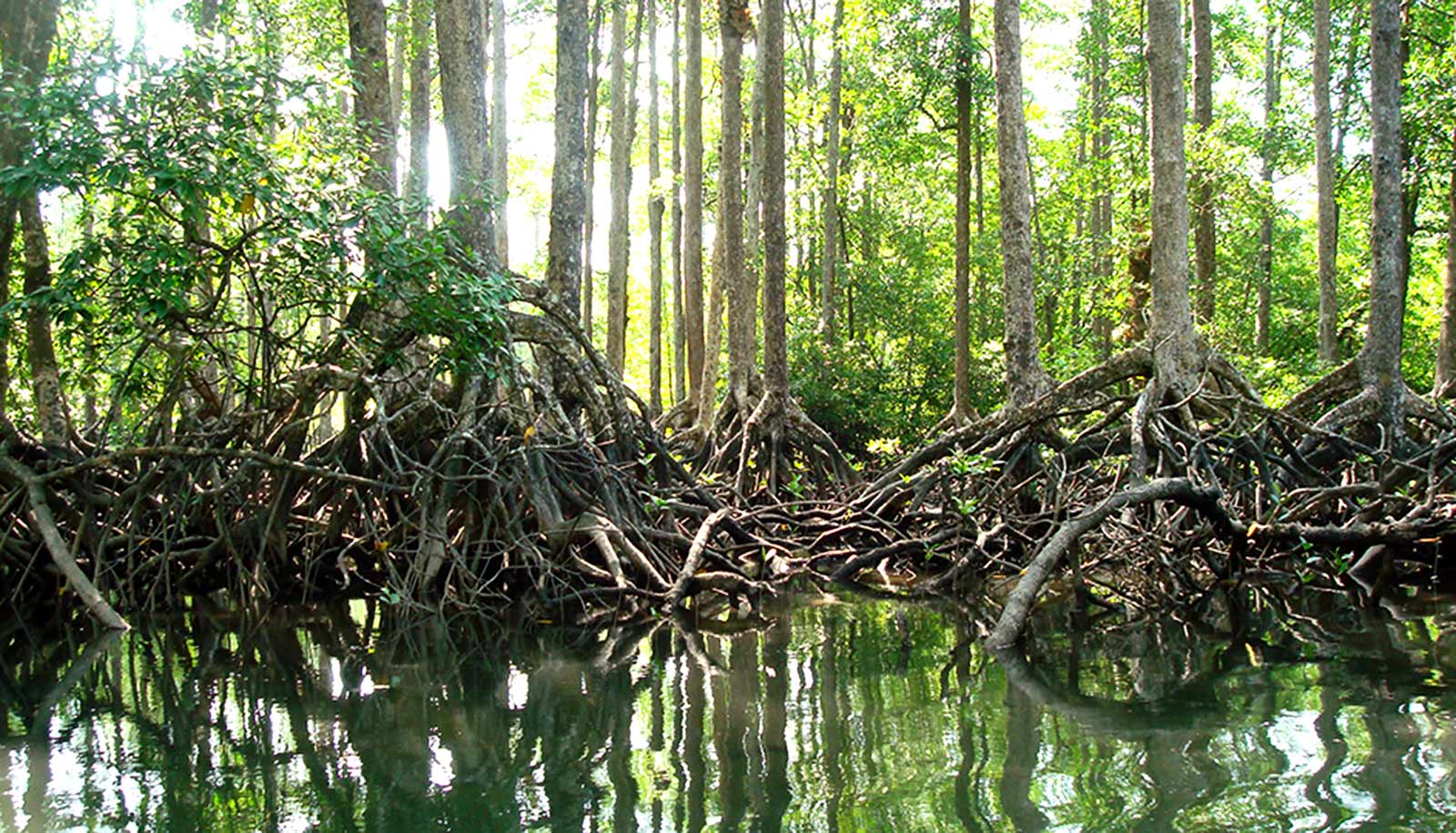The number of mangrove forests in Myanmar converted to agricultural land in the past 20 years greatly exceeds previous estimates, a new study shows.
Mangroves account for only 0.7% of the Earth’s tropical forest area, but are among the world’s most productive and important ecosystems, researchers say. They provide a wealth of ecological and socio-economic benefits, such as serving as nursery habitat for fish species, offering protection against coastal surges associated with storms and tsunamis, and storing carbon.
While many countries have established legal protection for mangroves, their value for sustainable ecosystem services face strong competition from converting the land to other more lucrative uses, particularly for agriculture.
In the past decade, studies have shown that mangrove deforestation rates are higher than the deforestation of inland terrestrial forests.
Using satellite images and multiple analytical tools allowed researchers from the National University of Singapore (NUS) to assess the extent of mangrove in 1996. They then followed the fate of every 30-meter x 30-meter mangrove image pixel for 2007 and 2016.

The team’s estimates revealed that in 1996, Myanmar had substantially more mangroves than previously estimated. However, over the 20-year period, more than 60% of all mangroves in Myanmar had been permanently or temporarily converted to other uses. These include the growing of rice, oil palm, and rubber, and for urbanization.
“Although fish and prawn farms accounted for only a minor amount of mangrove conversion, this may change in the near future. These competing land cover types are commercially important, but incompatible with mangrove persistence,” says Jose Don De Alban from NUS Biological Sciences.
With the loss of nearly two-thirds of its mangroves, there is a need for the Myanmar government to develop holistic strategies to conserve this important habitat, the researchers say. This is particularly important as Myanmar strives to become more integrated into the regional and global markets for agriculture and aquaculture products.
“The fate of mangroves in the country will be tied to the strength of policies and implementation of conservation measures,” says Edward Webb, associate professor at NUS Biological Sciences. “Through proper long-term planning, management and conservation, this resilient ecosystem can recover and be maintained for the future.”
The study appears in Environmental Research Letters.
Source: NUS



